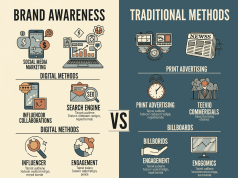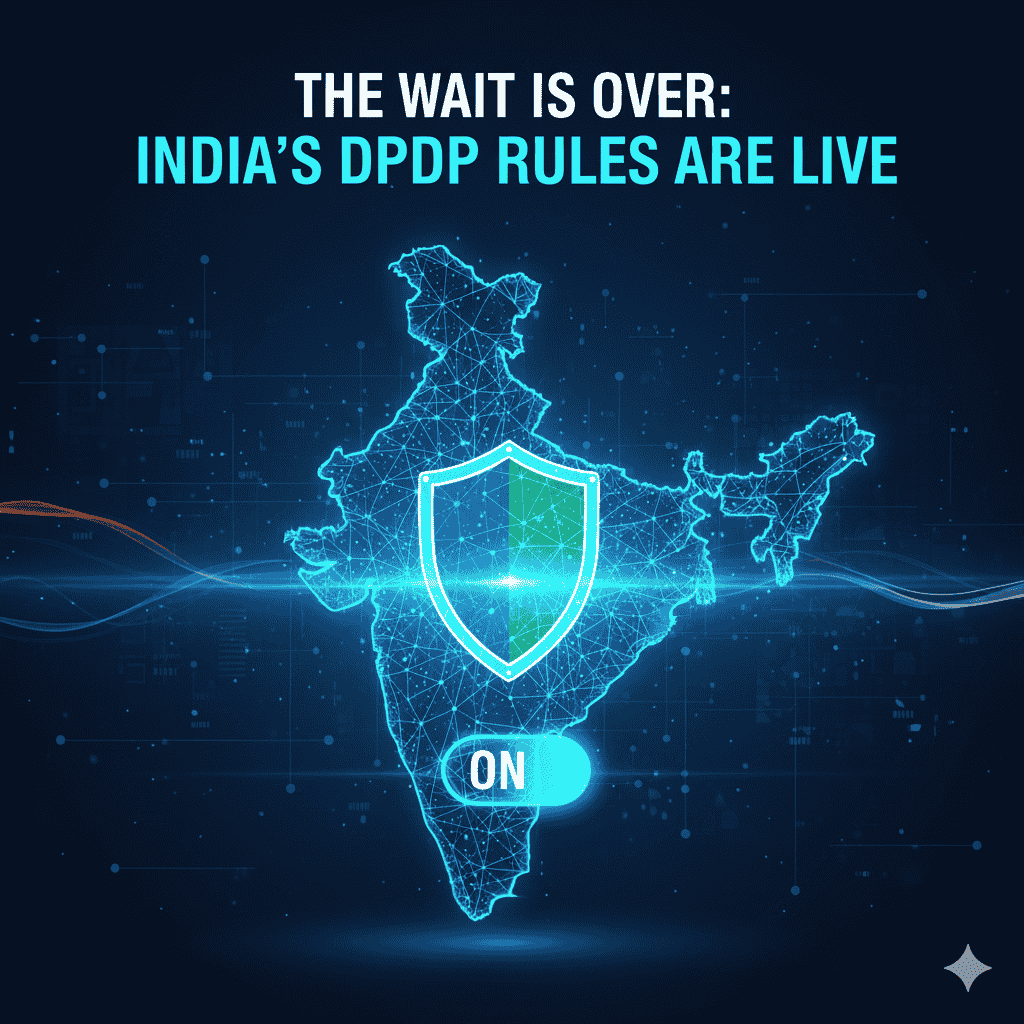Google’s Display & Video 360 (DV360) has emerged as a pivotal platform in the world of digital advertising, enabling marketers to seamlessly execute and optimize programmatic campaigns across various channels. This article will delve into the essential features, benefits, and best practices of DV360 to help advertisers harness its full potential.
Understanding DV360
DV360 is a comprehensive programmatic advertising platform that allows advertisers to manage and optimize digital campaigns across display, video, audio, and other formats. It is part of Google Marketing Platform and offers robust tools for planning, executing, and analyzing advertising campaigns.
Key Features of DV360
1. Unified Campaign Management
DV360 provides a centralized platform for managing all facets of digital advertising. Advertisers can create, monitor, and optimize campaigns across different media formats, streamlining the workflow and ensuring consistency.
2. Cross-Device Targeting
The platform allows advertisers to reach their audience across various devices, including desktops, tablets, and mobile phones, ensuring a cohesive user experience. This cross-device functionality helps in strategizing ad placements based on user behavior.
3. Audience Insights and Segmentation
DV360 offers detailed audience insights based on Google’s extensive data ecosystem. Advertisers can create custom segments tailored to their specific target demographics, ensuring that ads reach the right people at the right time.
4. Creative Management Tools
Creativity is crucial in advertising, and DV360 supports various creative formats, including HTML5 and video ads. The platform also allows for dynamic creative optimization, enhancing ad relevancy and performance.
5. Comprehensive Reporting and Analytics
With DV360, advertisers have access to robust reporting tools that provide insights into campaign performance. Metrics such as impressions, clicks, conversions, and engagement help marketers make data-driven decisions.
6. Integration with Other Google Services
DV360 integrates seamlessly with other Google services, including Google Ads and Google Analytics. This integration enhances data insights and simplifies the advertising strategy by enabling holistic campaign management.
Benefits of Using DV360
1. Increased Efficiency
By consolidating various campaign management tasks into one platform, DV360 increases efficiency for advertisers. The ability to manage multiple campaigns from a single interface saves time and reduces complexity.
2. Enhanced Targeting Capabilities
With rich audience data and sophisticated targeting options, DV360 allows businesses to engage users more effectively. Advertisers can tailor their messages to specific segments, resulting in higher engagement and conversion rates.
3. Cost-Effective Advertising
The programmatic nature of DV360 allows advertisers to bid on impressions in real-time, helping them optimize costs. The platform’s analytics capabilities enable continual refinement of strategies to maximize ROI.
4. Adaptability and Scalability
DV360 is suitable for businesses of all sizes, from small startups to large enterprises. The platform can scale as the business grows, offering flexibility to adapt to changing market conditions and advertising goals.
5. Better Control Over Ad Placements
The platform provides detailed control over where ads are shown, including options for whitelisting/blacklisting sites. This ensures that brands can maintain visibility in suitable environments.
Best Practices for Using DV360
1. Set Clear Objectives
Before launching a campaign, clearly define goals and KPIs. Whether the aim is brand awareness, lead generation, or sales, having specific objectives will guide your strategy and enable effective performance evaluation.
2. Leverage Audience Insights
Utilize DV360’s robust audience segmentation tools to create targeted ads. Familiarize yourself with the audience insights available and refine your segments based on behavior, interests, and demographics.
3. Test Creative Variations
Experiment with different ad formats, messaging, and visuals. A/B testing can help identify which creatives resonate best with your target audience, allowing for optimization based on real performance data.
4. Regularly Monitor Analytics
Frequent monitoring of campaign performance is essential. Utilize DV360’s reporting tools to track key metrics, making data-driven adjustments as necessary to optimize performance.
5. Integrate with Other Tools
Take advantage of DV360’s integrations with Google Ads, Google Analytics, and Data Studio. This can help in creating a more holistic view of your advertising efforts, enhancing strategic insights and performance.
Conclusion
Google DV360 is a powerful platform that offers a multitude of features, helping advertisers optimize their programmatic campaigns. By leveraging its capabilities effectively, businesses can enhance their digital advertising efforts, ensuring that they reach their target audiences efficiently and cost-effectively. By following best practices and regularly updating strategies based on performance analytics, advertisers can maximize their return on investment and stay ahead in an ever-evolving digital landscape.









